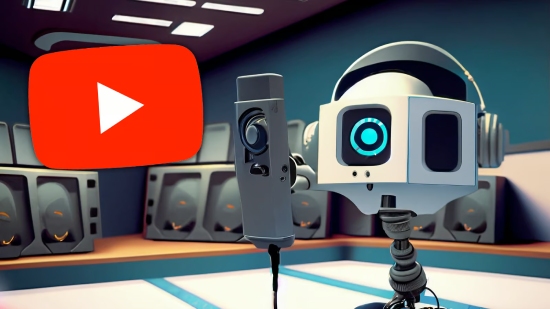YouTube intends to allow creators to dub videos in other spoken languages in addition to translating subtitles. The Verge reported that the company made the announcement yesterday at VidCon that it is testing an AI-powered dubbing service called Aloud, which was developed at Google’s Area 120 incubator. Creators would be able to reach a larger global audience thanks to the tool, which would eliminate the time and often high costs associated with the traditional method of dubbing—using human translators and narrators.
Using AI, Aloud promises to produce a “quality dub in just a few minutes.” The tool first produces a text-based translation that can be checked and edited by creators before producing a dub. Users can select various narrators, publish options, and more. Best of all, according to Aloud’s website, the service is offered “free of charge.”
According to Amjad Hanif, YouTube’s VP of product management, the tool is currently being tested with “hundreds” of creators. Aloud says that it is currently available in English and that you can dub in Spanish and Portuguese, with “more languages coming soon.”
The setting appears as an “Audio track” toggle in the gear icon, just below subtitles, from the user’s perspective. This can be seen in the science channel trailer for Amoeba Sisters, which uses English as its native language and has a dubbed Spanish option made by Aloud’s AI.
Google stated in its keynote that a creator’s reach can be expanded without additional effort by easily dubbing languages. When Aloud’s dubbing tool will become more widely available is still unknown. Hanif, on the other hand, stated that YouTube will “make translated audio tracks sound like the creator’s voice, with more expression and lip sync.”








